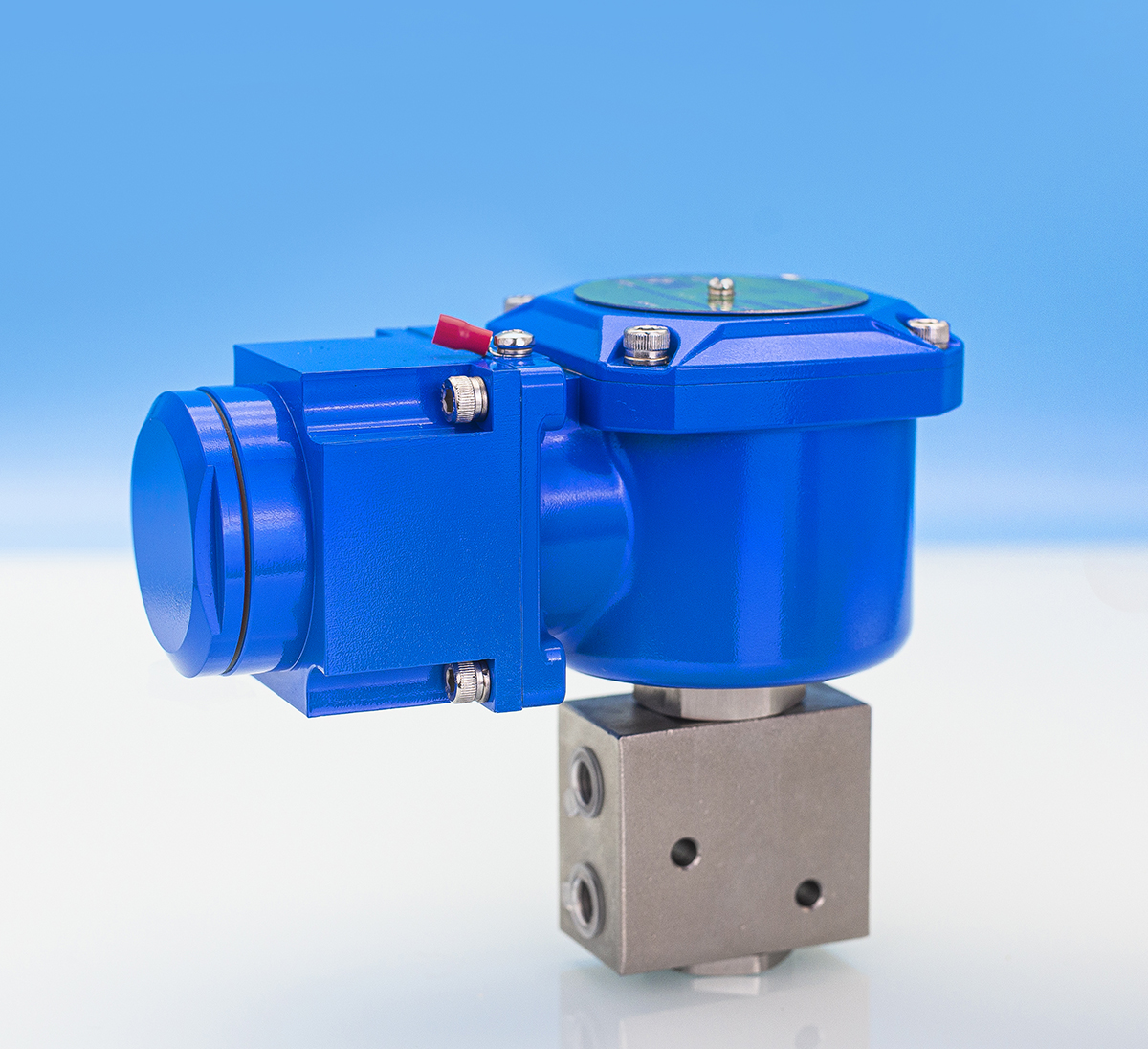
 ZORGON (jiangsu) Automation Technology Co., Ltd.
ZORGON (jiangsu) Automation Technology Co., Ltd.

1. If the corrosion-resistant solenoid valve connector is loose or the wire connector is off, the solenoid valve cannot be powered. Tighten the wire connector.
2. Corrosion-resistant solenoid coil is burned out. Remove the solenoid cable and measure with a multimeter.
3. corrosion resistant solenoid valve reason is damp coil, cause insulation is not good and magnetic leakage, resulting in excessive current in the coil and incineration, so to avoid rain into the solenoid valve. In addition, the spring is too strong, the reaction force is too large, the coil turns too few, suction can not also make the coil burn. Urgent treatment, can be the manual button on the coil from the normal operation of the "0" to "1" position, so that the valve open.
4. The corrosion-resistant solenoid valve is stuck. Solenoid valve slide valve sleeve and spool cooperation gap is very small (less than 0.008mm), is generally single installation, when there are mechanical impurities or too little oil, it is very simple stuck. The treatment method can be wire from the head hole into, so that it springs back. The fundamental solution is to remove the solenoid valve, take out the spool and spool sleeve, clean with CCI4, so that the spool is flexible in the valve sleeve. When disassembling, attention should be paid to the installation sequence and external connection orientation of each component, so as to reinstall and connect correctly, and check whether the spray hole of the oil mist is blocked and whether the lubricating oil is enough.
5. Air leakage. Air leakage will cause the lack of air pressure, which makes the opening and closing of the forced valve difficult. The reason is that the sealing gasket is damaged or the spool valve is worn and several cavities are channeling.

CONTACT
Enter your Emall or phone number and we will contact you as soon as possible. ZORGON As a professional automatic control equipment manufacturer in the UK, with the first solenoid valve came into being, after decades of continuous innovation and development. With the transfer of...
ZORGON As a professional automatic control equipment manufacturer in the UK, with the first solenoid valve came into being, after decades of continuous innovation and development. With the transfer of... Any question or request?
Click below, we’ll be happy to assist. CONTACT